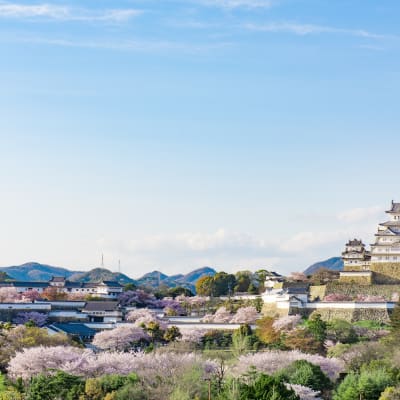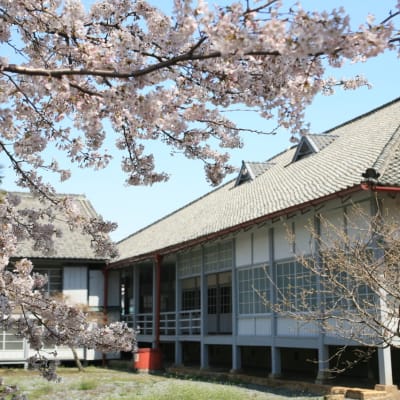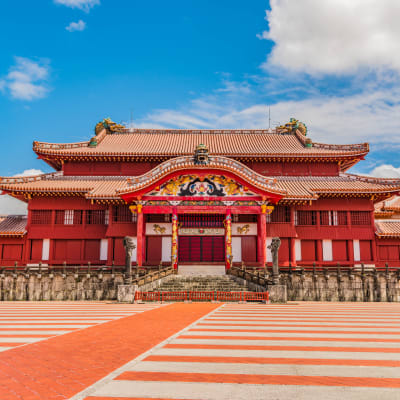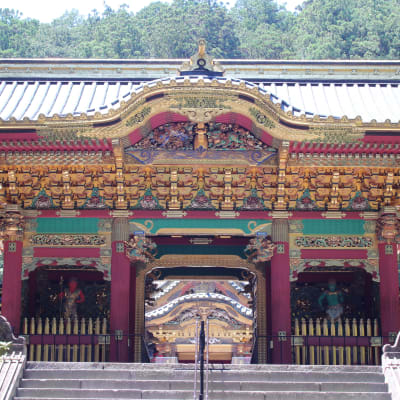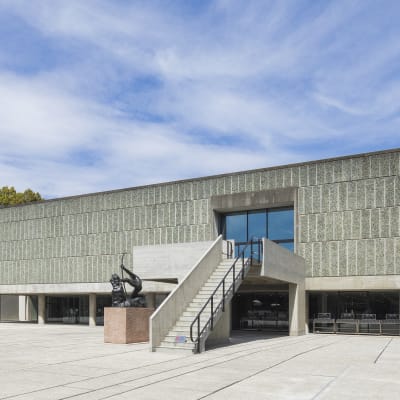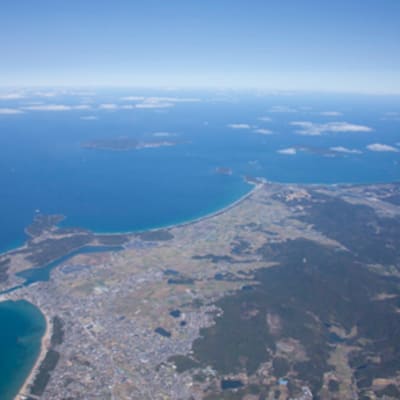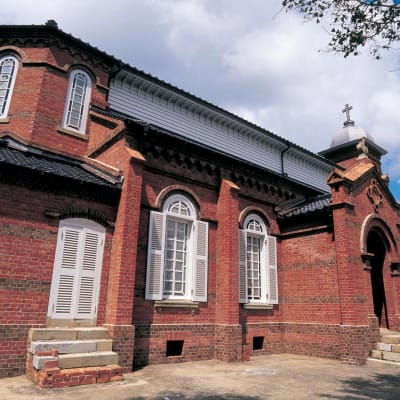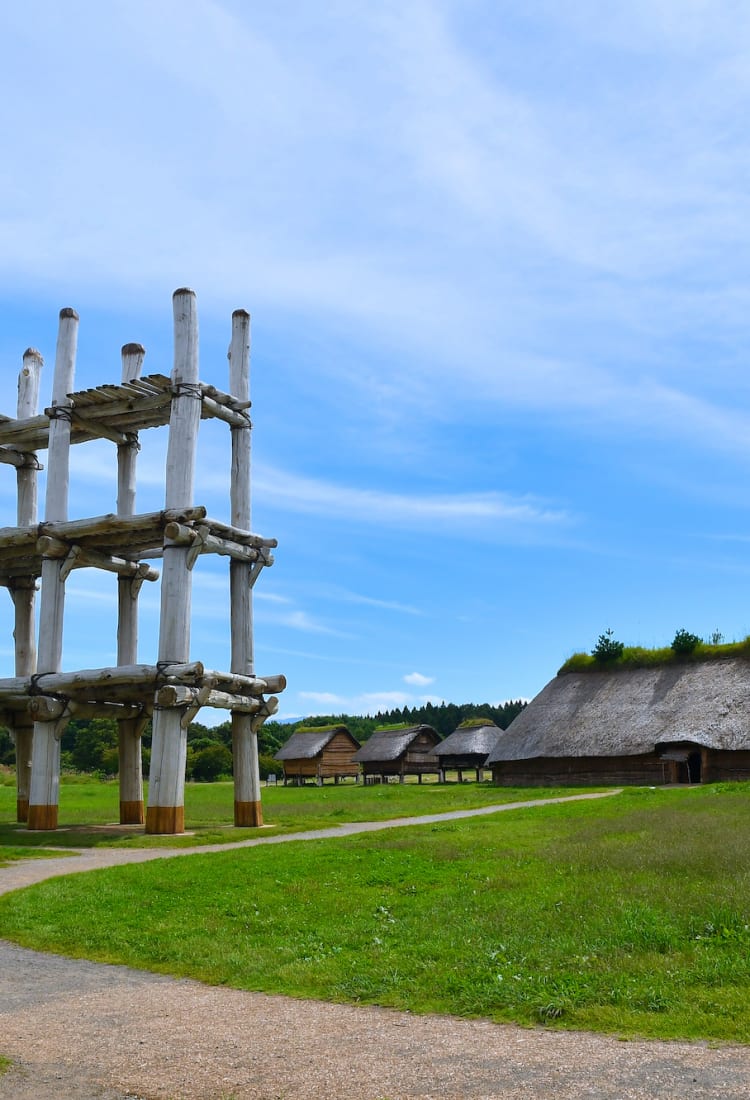

Jomon Prehistoric Sites in Northern Japan (UNESCO) Experience the lifeways and feel the richness of the spirituality of the people who lived at these sites more than 10,000 years ago.
Looking around reproduced pit dwellings and stone circles, let's slip back in time to the Jomon period!
The Jomon Prehistoric Sites consist of 17 archaeological sites dispersed throughout Hokkaido, Aomori, Iwate, and Akita. These cultural heritage sites have preserved the lifeways and culture of the Jomon people who lived more than 10,000 years ago.
Highlights
The multiple pit dwelling sites suggest lifeways where the Jomon people ingeniously and skillfully utilized natural resources
The Stone Circles were used as important ritual and ceremonial sites, and they also held pit graves below them
The beautifully crafted earthenware and clay figures were not only used for everyday life but also for ceremonial purposes.
What is the Jomon Period?
“Jomon” refers to the rope-like pattern crafted on earthenware found from this period which began 15,000 years ago and lasted for more than 10,000 years until the start of the Yayoi Period. At the various Jomon Prehistoric World Heritage Sites, one can learn about pre-agricultural societies in North East Asia.

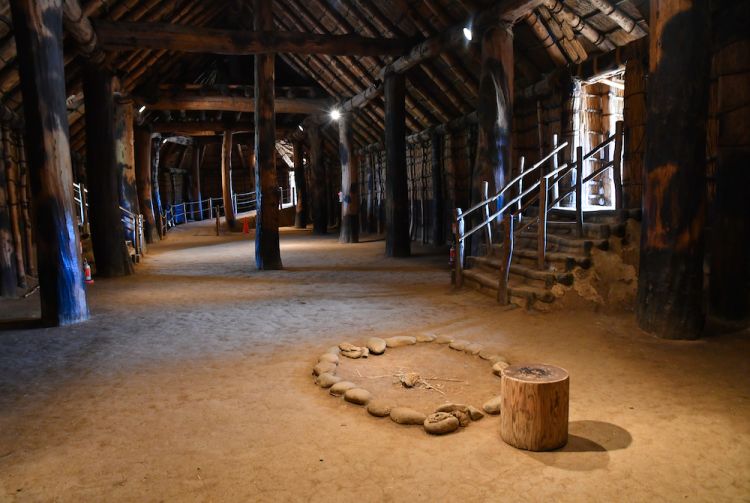
In July 2021, the Jomon Prehistoric Sites in Northern Japan were registered as World Heritage sites
At the 17 Jomon archaeological sites, dated 15,000 to 2,400 years old, one can experience a variety of settlements, graveyards and festival and ceremonial sites.
Recommended archaeological sites by interest
There are 17 excavated sites in all: six sites in Hokkaido, eight sites in Aomori, one site in Iwate, and two sites in Akita.
If you're interested in the settlement sites, visit the Sannai Maruyama Site in Aomori. At this extensive Jomon site, excavations are still in progress. Another large-scale settlement also exits at the Ofuna Site in Hokkaido, where pit dwellings, storage holes, tombs and other structures can be observed.

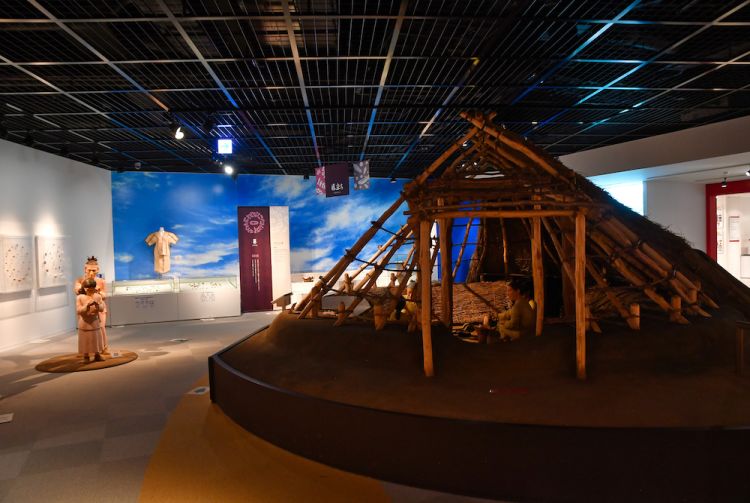
If you desire to view excavated artifacts, take a trip to the Korekawa Site in Hachinohe City in eastern Aomori, along the Niida River and Kamegaoka Burial Site on a hill along the Iwaki River in Tsugaru Peninsula also in Aomori. Both sites hold mysterious clay figurines and earthenware that vividly express the spiritual life of the Jomon people.
The beautifully crafted earthenware and clay figures suggest how they were not only used for everyday life but also for ceremonial purposes. In 1887, a large goggle-eyed clay figurine without a left leg was excavated from the Kamegaoka Burial Site and designated as an Important Cultural Property by the national government.



If you want to visit stone circles, the Oyu Stone Circles and Isedotai Stone Circles in Akita and the Omori Katsuyama Stone Circle and Komakino Stone Circle in Aomori are recommended. The circles are believed to be gathering places for sacred community rituals, where the spirituality of the Jomon people and their deep ties to nature can be observed.



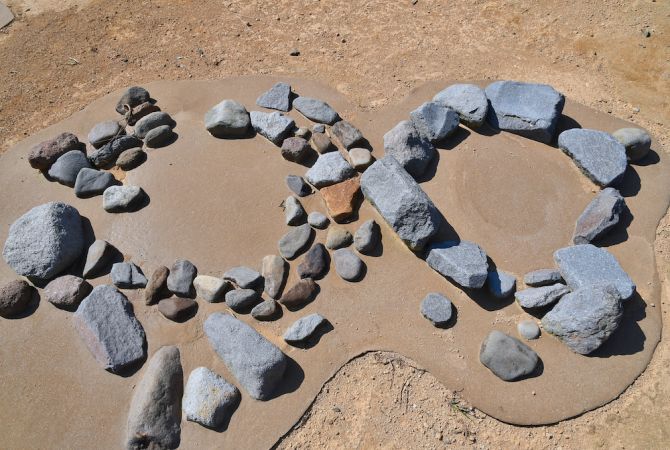


For more information on the Jomon Prehistoric Sites in Northern Japan, please refer to Japan's World Cultural Heritage Event Relay "Jomon Prehistoric Sites in Northern Japan” .
How to Get There
How to Get There
There are six archeological heritage sites in Hokkaido, eight sites in Aomori, one site in Iwate and two sites in Akita.
Hokkaido
The Kiusu Earthwork Burial Circles, Kitakogane Site, Irie Site and Takasago Burial Site can be reached via New Chitose Airport. Other sites are closer to Hakodate Airport. Alternatively, one can arrive at the nearest station to the sites by taking either the Hokkaido Shinkansen or JR (Japan Railways). To reach the sites from the nearest station, take a bus, taxi or rent a car.
Aomori
Flights to Aomori are available from Sapporo, Tokyo and Osaka. One can also ride the Tohoku Shinkansen to Aomori.
The Sannai Maruyama Site is 10 minutes by car from Shin-Aomori Station on the Tohoku Shinkansen. It's a 30-minute drive from Aomori Airport, There are also buses to the sites.
JR Kizukuri Station is the closest stations to the Kamegaoka Burial Site. By car, it takes 20 minutes from the station. Buses are also available from Goshogawara Station.
To get to the Korekawa Site, one can take a bus from Hachinohe Station on the Tohoku Shinkansen.
Iwate
The Goshono Site is a 15-minute drive from Ninohe Station, serviced by the Tohoku Shinkansen. Taxis and buses are also available.
Akita
The Oyu Stone Circles are 25 minutes by car from JR Kazuno Hanawa Station. You can also get there by taxi or bus.
It's a 5-minute walk from Jomon Ogata Station on the Akita Nairiku Jukan Tetsudo Railway Line to the Isedotai Site. From Odate Noshiro Airport, it's a 5-minute drive.























































